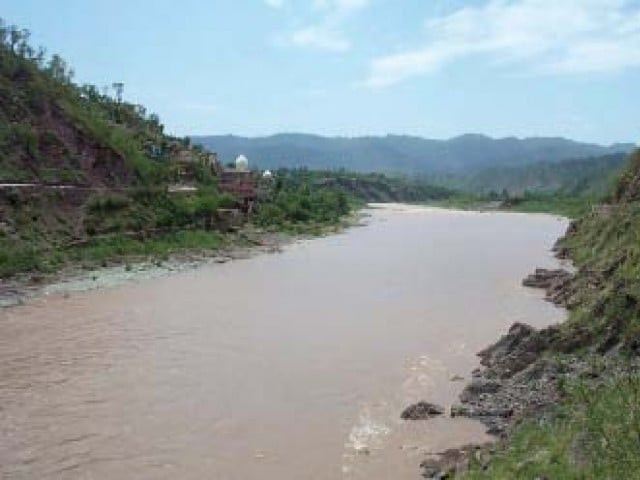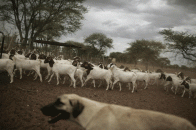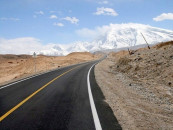Sand lifting continues from Jhelum riverbed
Authorities overlook impending environmental disaster

The Jhelum district administration has allegedly given a free hand to stone crushing plants operating around Jhelum River and Mangla Dam to lift sand and gravel threatening the aquatic life and environment in general, sources told The Express Tribune.
The Punjab Environmental Protection Department (EPD) is negligently silent over the theft of sand gravel from the embankments of Jhelum River and Mangla Dam, sources said.
Workers load sand and gravel on dumper trucks and tractor trollies on the banks of Jhelum Rover and Mangla Dam lake, but not action has been taken.
The administration has turned a blind eye to the issue as the influential people have installed stone crushing machines. The sand and gravel are deposited into dumpers and sold on the outskirts of Jhelum. A well-knit group of people having political clout and links in police and the district administration is raking in billions of rupees every month at the cost of environmental destruction.
The Mangla Dam management as well as the environmental activists have lodged several complaints with the administration and related departments but they have yet to take any action.
The administration has apparently given a free hand to the mafia while the environmental department has not sealed a single stone crushing machines deployed around Mangla Dam so far.
The criminal silence of the officials over the destruction of natural resources signifies their alleged collusion with the stone crushing mafia.
The citizens have demanded the Prime Minister Imran Khan and Punjab Chief Minister Usman Buzdar take action against the crushing machines as well as those who have given free hand to the mafia to stop the Jhelum River from destruction.
According to expert river systems comprise not just the water flowing in it, but also the sediment, the silt, sand, gravel, cobbles, and boulders that flow with the river and are deposited along the river bed and banks.
Moving the sediments, the rivers maintain diversity of habitats upon which the river’s living organisms depend.
Aquatic insects and algae that are the main sources of food for the fish breed and live in cobbles; the cobbles and boulders provide refuge for fish in winters and in floods and protect the young and smaller fish from predators.
Fish lay eggs on gravel beds and side channels in rivers formed by deposit of sediments in floods.
This fish is now on its way to extinction. Other species will follow, Like the already endangered mahaseer and a number of endemic species such as the Kashmir hill-stream loach, and long distance migratory species such as the vulnerable snow trout.
Published in The Express Tribune, December 17th, 2020.



















COMMENTS
Comments are moderated and generally will be posted if they are on-topic and not abusive.
For more information, please see our Comments FAQ